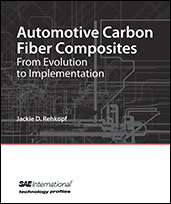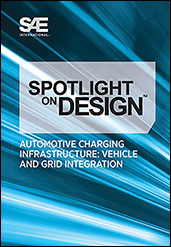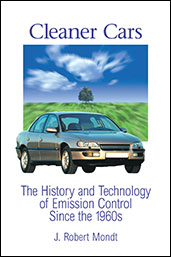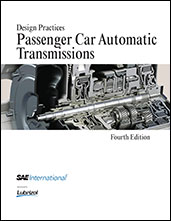Book

2015 Passenger Car and 2014 Concept Car Yearbook
2014-11-21
Every year global automakers introduce new or significantly re-engineered passenger vehicles with increasingly advanced technology intended to exceed consumer expectations and satisfy increasingly stringent government regulations. Some of these technologies are firsts-of-their-kind and start trends that other automakers soon follow—with the innovations becoming adopted across the board. The supply community is also increasingly playing a more significant role in helping the original equipment manufacturers research, develop, and introduce the latest engineering innovations that help bring competitive advantage for their automaker partners. Each year, the editors of SAE’s Automotive Engineering magazine publish many articles focused on the technology and engineering innovations of new passenger and concept vehicles, and these articles have been collected into this volume.



















